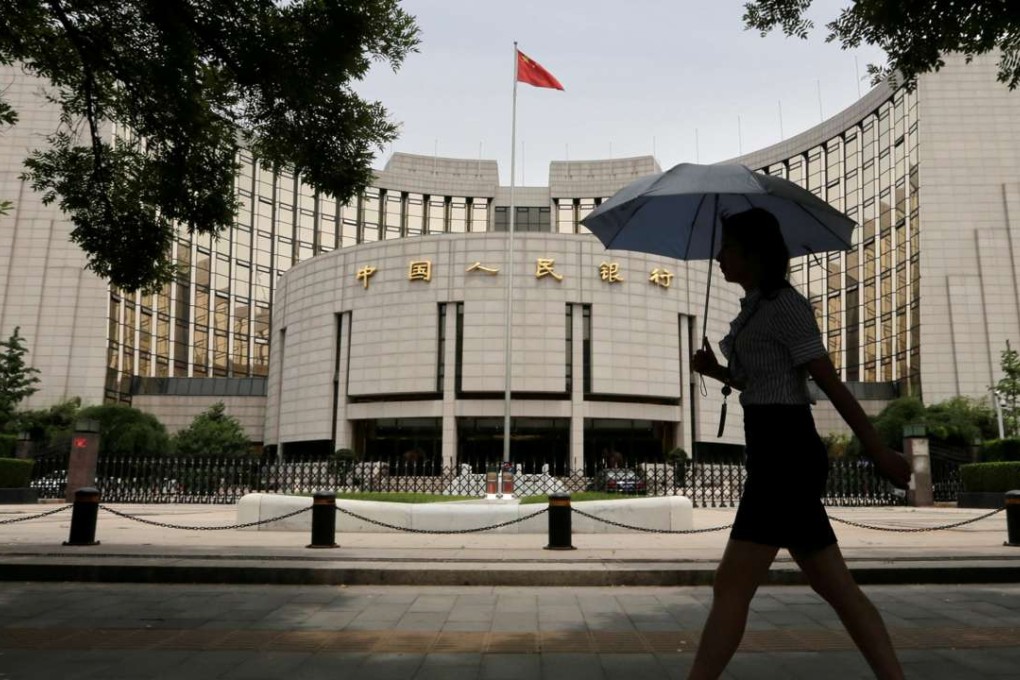Is China heading for a benchmark rate rise?
New bank loan growth in December 2016 jumps to 400 billion yuan more than expected and home sales continue to boost mortgage loan growth

The Chinese central bank has raised one of its policy rates – on medium-term lending facility (MLF) loans – for the first time in six years, but analysts have shrugged off the possibility of a “real” rise in the lending and borrowing interest rates in the near term.
“The MLF rate rise is targeted on deleveraging the financial market. It’s more like sending a signal [to control the financial risks] rather than a substantial move [for monetary tightening],” Jiang Chao, an analyst at Haitong Securities wrote in a research report.
The real interest rate, namely the borrowing and lending rate for banks, is unlikely to be raised for the time being as downside risks in domestic economic growth still exist, analysts at Guotai Junan Securities wrote in a note.
The People’s Bank of China (PBOC) raised both the six-month and one-year rates for MLF loans 10 basis points on January 24, to 2.95 per cent and 3.1 per cent respectively, their first rise since the tool started being used in 2014.
It is also the first time in six years the Chinese central bank has raised one of its policy rates, leading to a drop in the bond market last week amid speculation that the country had ended monetary easing and is on track to start raising borrowing and lending rates.
